Marshall Islands country profile
- Published
This page is no longer being updated. It was last updated on 27 October 2023

The Marshall Islands consist of two chains of coral atolls, together with more than 1,000 islets, just north of the Equator.
The atolls are coral deposits on the crater rims of submerged volcanoes.
The islands were occupied by the US for several decades after the World War Two. They are now a sovereign nation under a Compact of Free Association with the US which came into force in 1986 and was renegotiated in 2003.
The US controls the security and defence of the islands and provides millions of dollars in aid every year. The US rents the Kwajalein atoll as a base and missile test range.
The legacy of the post-war US occupation is seen particularly starkly on Bikini and Enewetak, which were both used for nuclear weapons testing between 1946 and 1958.
Climate change threatens the very existence of the islands. Many atolls lie barely a metre above sea level and are at risk being engulfed by rising waters.
Read more country profiles, external - Profiles by BBC Monitoring, external
REPUBLIC OF THE MARSHALL ISLANDS: FACTS
Capital: Delap-Uliga-Djarrit
Area: 181.4 sq km
Population: 42,000
Languages: Marshallese, English
Life expectancy: 64 years (men) 67 years (women)
LEADER
President: David Kabua
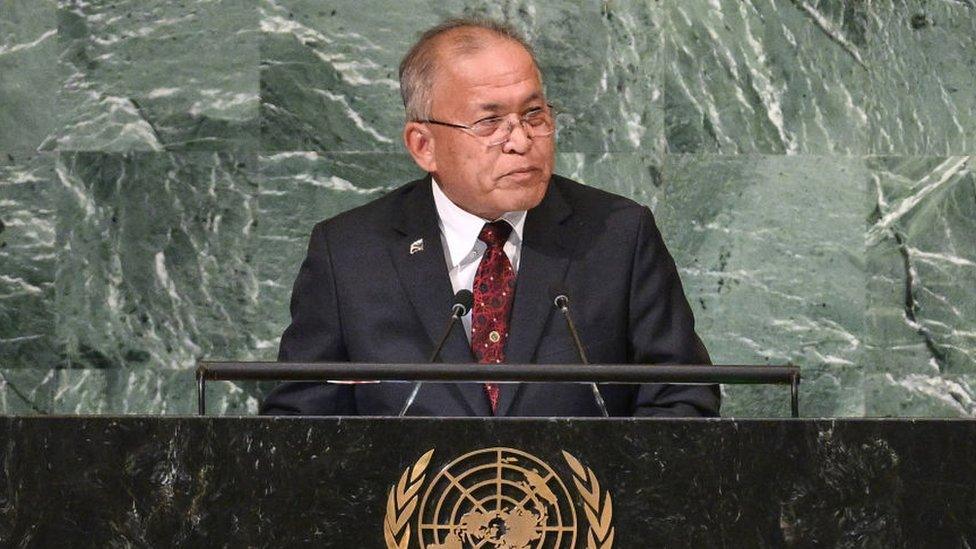
David Kabua was elected president in January 2020. He succeeded Hilda Heine, who had been seeking a second term.
Kabua has said that combating climate change, negotiating with the US regarding the extension of a funding arrangement that expires in 2024 and addressing the issue of the Runit Dome, a large radioactive waste disposal site, are his top priorities.
The Runit Dome is deteriorating and could be breached by a typhoon, though the sediments in the lagoon are even more radioactive than those which are contained in the dome.
He has been described as a moderate politician and has continued the country's relationship with Taiwan.
On his state visit to Taiwan in 2022, he said: "The Republic of China (Taiwan) is an important ally and friend of the Republic of the Marshall Islands, and we are proud of what we have achieved together in promoting and strengthening our shared values, democratic principles, and respect for human rights."
He has a warned about the risks of climate change to his country, stating that the Marshall Islands could disappear.
MEDIA
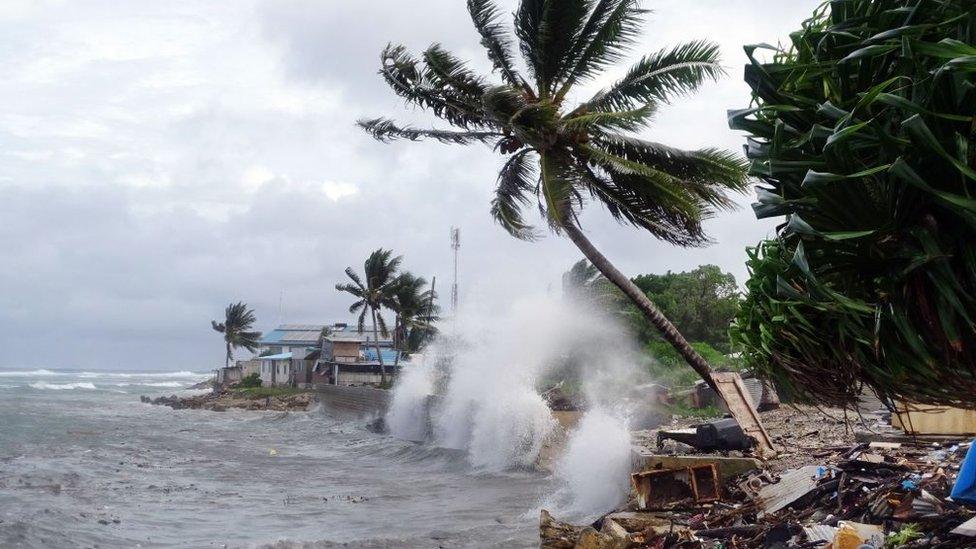
The low-lying Marshall Islands are increasingly vulnerable to climate change
The government generally respects media freedom. A privately-owned weekly is published in English and Marshallese.
A government monthly contains official news but avoids politics.
State-owned and private radios offer diverse views. US forces radio and TV can be received in some areas and US TV is available via cable. BBC World Service broadcasts in Majuro on 98.5 FM.
TIMELINE
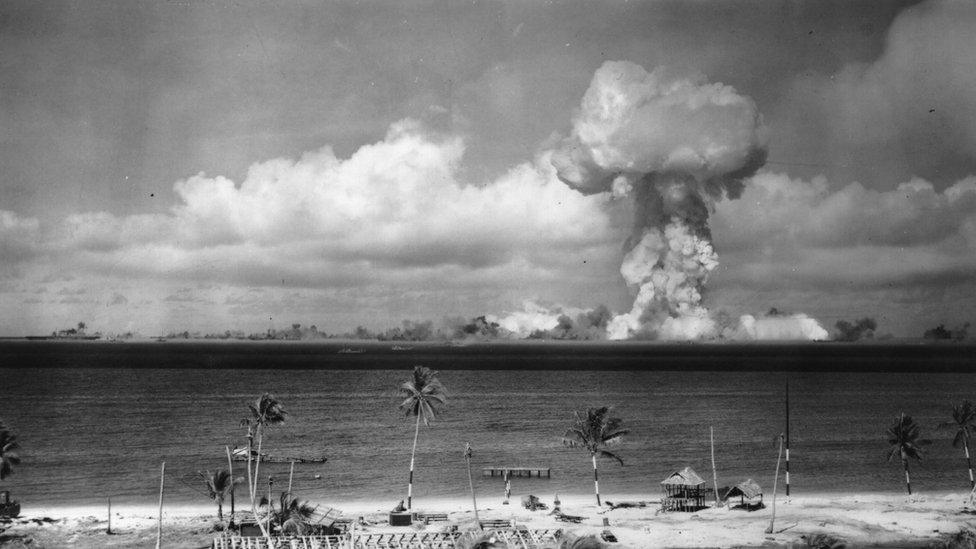
Atomic bomb tests such as this one off Bikini Atoll in 1946, rendered several islands uninhabitable
Some key dates in the history of the Marshall Islands:
C. 2000BC - First Micronesian navigators arrive in the Marshall Islands, naming the atolls Aelon Kein Ad - "our islands". They are skilled navigators able to make long canoe voyages among the atolls.
1521-29 - Portuguese navigator Ferdinand Magellan and Spaniard Miguel de Saavedra visit the islands.
1592 - Spain lays formal claim to the islands.
1788 - The Marshall Islands are given their name by British naval captain John William Marshall who sails through the area with convicts bound for New South Wales.
1864 - German Adolph Capelle establishes the first trading company. Several other German trading companies follow suit.
1885 - Germany annexes the Marshall Islands and pays Spain $4.5m in compensation. Germany leaves the running of the islands to a group of powerful German trading companies.
1886 - Germany establishes a protectorate over the islands.
1914-18 - World War One. Japan captures the islands and builds several large military bases there.
1920 - League of Nations grants Japan a mandate to administer the islands.
1944 - US forces capture islands from the Japanese.
1946 - US begins a nuclear weapons testing programme on Bikini Atoll.
1947 - Islands become part of the Trust Territory of the Pacific Islands created by the UN and administered by the US.
1948 - Islanders are forced to evacuate Enewetak Atoll as US expands nuclear weapons testing programme in the area.
1954 - Bravo, the most powerful hydrogen bomb ever tested by the US, is detonated on Bikini Atoll.
1965 - US government sets up the Congress of Micronesia in preparation for greater self-governance in Micronesia.
1969 - US embarks on a long-term project to decontaminate Bikini Atoll.
1970s - Islanders are told that it is safe to return to Bikini but are subsequently found to have dangerous levels of radiation in their bodies and are evacuated once again. Following exposure to such high levels of radiation the islanders begin to develop severe health problems.
1973 - Marshall Islands withdraw from the Congress of Micronesia seeking greater political independence.
1977-1980 - a concrete dome, the Runit Dome, is built on Enewetak Atoll to deposit radioactive soil and debris from US nuclear tests.
1979 - Independence. US recognises the Constitution of the Marshall Islands and its government.
1982 - Officially renamed the Republic of the Marshall Islands.
1983 - Marshall Island voters approve the Compact of Free Association with the US which will give them independence. The Marshall Islands will receive financial and other aid from the US, which retains responsibility for defence. The US keeps its key military base on Kwajalein Atoll.
1985 - US agrees to complete the decontamination of Bikini Atoll within 15 years.
1986 - US Congress ratifies a Compact of Free Association giving the Marshall Islands independence. Islanders are promised compensation for damage caused by nuclear tests in the 1940s and 50s.
1991 - The Marshall Islands join the UN.
2018 - Becomes the first country to issue its own cryptocurrency and certify it as legal tender.
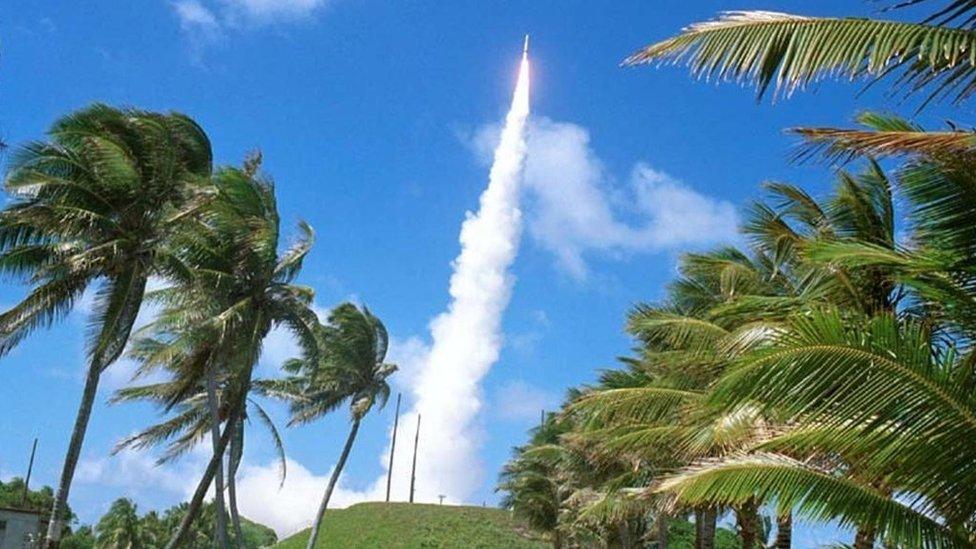
A missile being is launched from the US base at Kwajelein atoll on the Marshall islands
Related topics
- Published27 October 2023
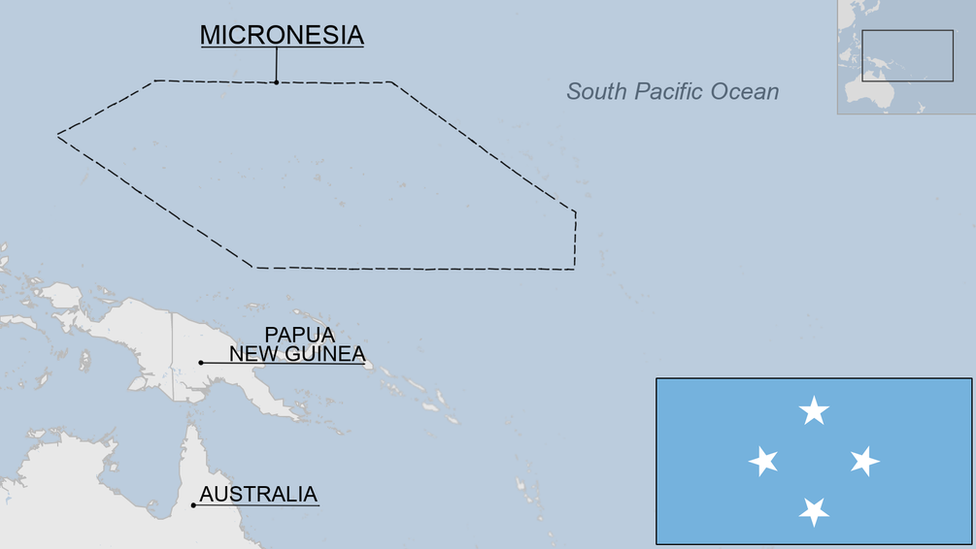
- Published27 October 2023
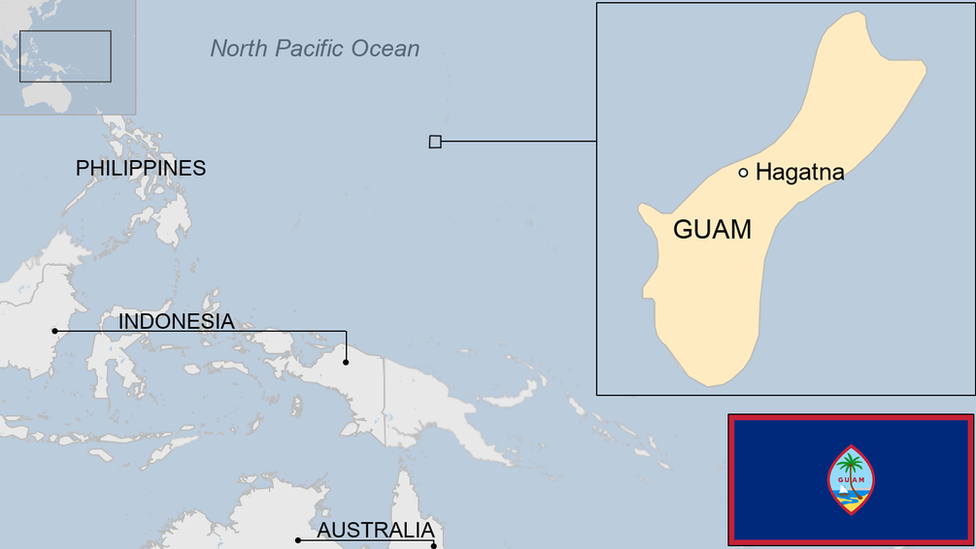
- Published27 October 2023
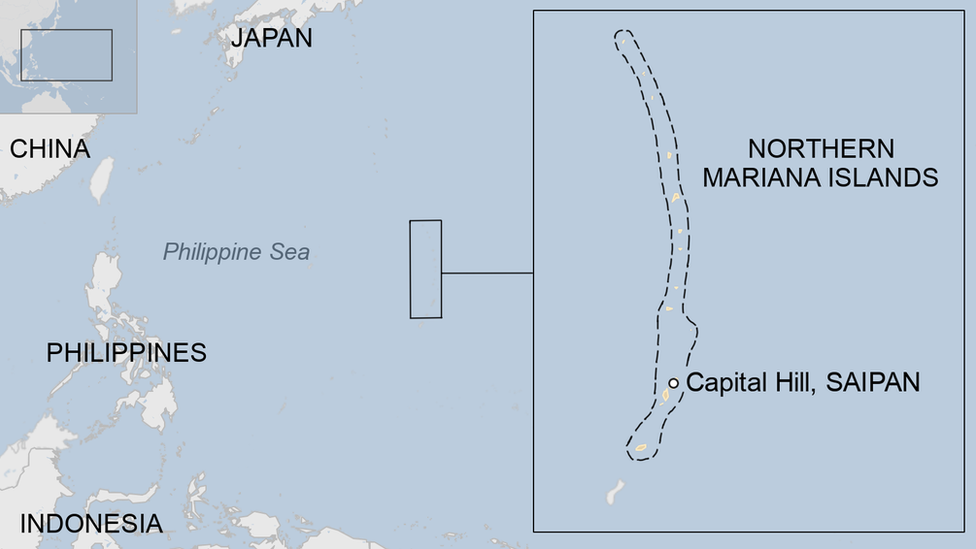
- Published21 January
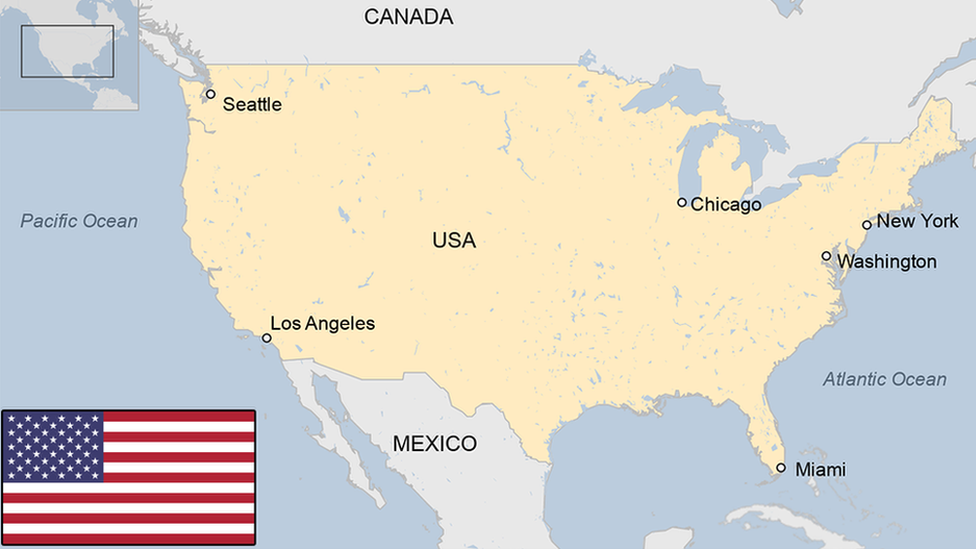
- Published26 January 2024
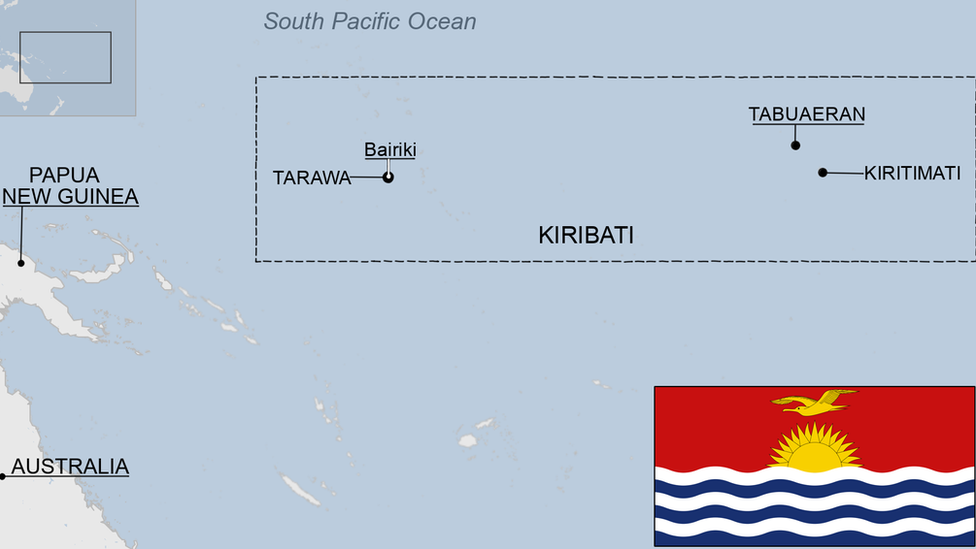
- Published27 October 2023
